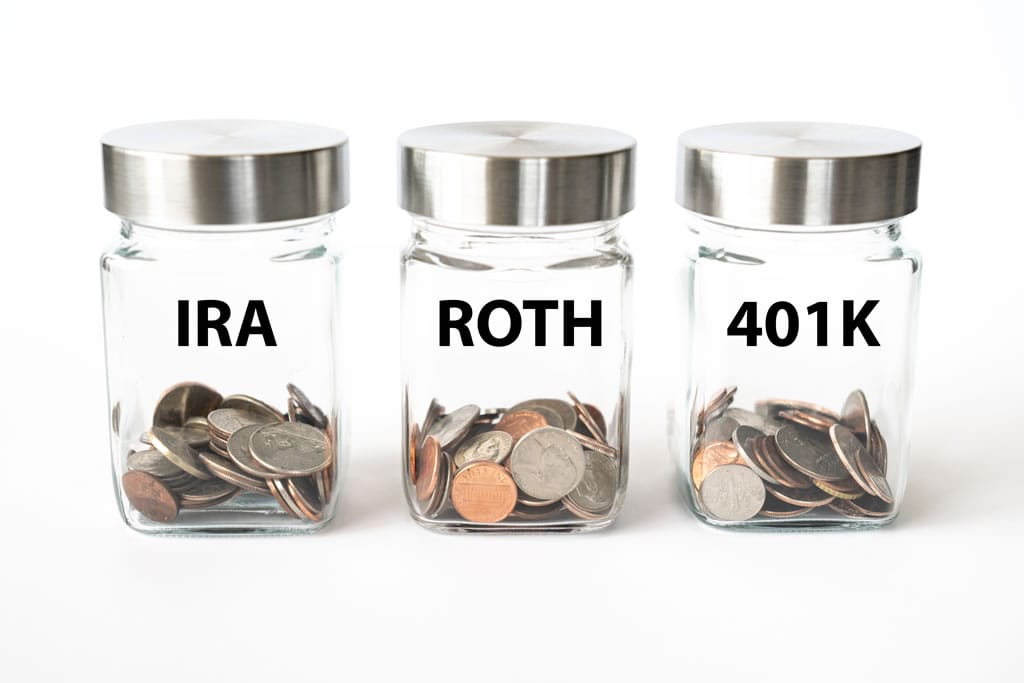5 Roth Conversion Strategies for High‑Income Investors
Roth conversions can transform $1M+ portfolios by cutting future taxes. Ron McCoy, with 40+ years of fiduciary mastery, reveals five strategies to optimize conversions for high-income investors, ensuring tax-free growth and legacy preservation.
If you have a $1M+ portfolio, taxes are always a top concern—between a 37% federal tax, the 3.8% Net Investment Income Tax (NIIT), and state taxes that can run over 13%. Roth conversions—moving money from traditional IRAs or 401(k)s into Roth IRAs—can help turn future taxable withdrawals into tax-free growth.
The catch? You’ll owe taxes right away on any money you convert, so timing and planning matter. After decades in the business, I’ve seen how a careless conversion can cost big.
My Freedom Capital Playbook is all about discipline: using Roth conversions to own your tax future. Here are five strategies to make conversions work for you and help your wealth last.
The Mechanics of Roth Conversions
A Roth conversion means moving money from a tax-deferred account to a Roth IRA and paying taxes on it at today’s rates. After conversion, your Roth funds grow tax-free, and if you wait until age 59½ and keep the account for five years, all withdrawals are tax-free as well.
Roth IRAs also have no Required Minimum Distributions (RMDs), giving you more flexibility and better options for passing wealth to your heirs. Vanguard found in 2024 that well-timed conversions can save $500K–$1M in lifetime taxes on portfolios over $5M.
But high earners (AGI above $161,600 for married couples in 2025) have to be careful: big conversions can push you into the 37% bracket, trigger the NIIT, or raise your Medicare premiums (IRMAA). Ron’s approach: use smart timing and bracket management to avoid those traps.
Case Study: The $7M Conversion Coup
Laura, a 55-year-old executive, had $7 million: $4M in a traditional 401(k), $2M in taxable investments, and $1M in real estate. Her first advisor suggested a single $1M Roth conversion, which spiked her AGI to $1.2M and led to $370K in taxes, plus $12K in extra Medicare costs.
Ron suggested a smarter way—a multi-year conversion ladder. Over five years, Laura converted $200K each year, keeping her AGI below the 32% bracket ($383,900). By spreading conversions over low-income years before RMDs, she saved $150K in taxes and grew her Roth account tax-free. By 2030, her $1M conversion had grown to $1.3M at a 6% annual return. Ron’s advice: “Pay taxes now, win big later.”
Five Elite Roth Conversion Strategies
Here are five ways high-income investors can get the most out of Roth conversions:
- Leverage Low-Income Years: Make conversions when your income is lower—before RMDs or after a business sale—to stay under the 32% bracket ($383,900) or below the NIIT threshold ($250,000). Ron uses “gap years” to boost efficiency.
- Use a Conversion Ladder: Spread out your conversions over several years (for example, $100K–$300K a year) to keep your AGI in check and avoid the top tax brackets or Medicare surcharges.
- Offset with Deductions: Pair conversions with years when you have large deductions—such as major medical expenses or big charitable gifts. QCDs from IRAs after age 70½ can help reduce taxes too.
- Recharacterize If Needed: If you convert too much and end up in a higher bracket, you may be able to undo (recharacterize) part of the conversion by the next tax deadline. Ron says: “Test, then commit.”
- Automate Tax Projections: Use tax software to model your conversions against current brackets. If you need cash to cover taxes, use high-basis assets from taxable accounts to avoid more gains.
Actionable Tips from Ron McCoy
- Audit Your Tax Exposure: Track your AGI each month with portfolio tools to make sure you’re not triggering bracket creep. Ron’s advice: “Know your numbers or pay the IRS’s price.”
- Plan for Multi-Year Ladders: Use modeling tools to test your ladder against market swings. Simulate 20% drops to make sure you’re still on track.
- Work with a CPA: Coordinate your conversions with your deductions and credits. Ron’s team stays ahead of potential tax law changes that could impact Roth conversions.
- Fund Conversions the Smart Way: Use money from taxable accounts to pay taxes on your conversion, so all of your Roth money stays invested and growing.
- Monitor Roth Growth: Reinvest your Roth assets into value stocks or municipal bonds to maximize tax-free compounding. Ron’s clients target 6–8% a year when possible.
Challenges and Considerations
Roth conversions come with trade-offs. The upfront tax bill can require significant liquidity—converting $500K at a 37% rate means coming up with $185K for taxes, sometimes forcing asset sales. If markets drop after your conversion, you could lose value in your Roth. Large conversions can also trigger NIIT or IRMAA and increase your costs. The five-year rule delays tax-free withdrawals for new Roth accounts, especially for those under age 59½. Future law changes could also impact Roth rules. Ron reduces these risks with staggered conversions, loss harvesting, and covered call strategies for more income. Don’t let the fear of taxes hold you back—Ron’s philosophy: “Taxes today are freedom tomorrow.”
Conclusion
Roth conversions can be a powerful tax strategy for high-net-worth investors. Ron McCoy’s decades of experience show it’s all about smart planning and discipline. Laura’s $150K in tax savings demonstrates the benefits of conversion ladders and good timing.
With the right approach—using deductions, recharacterizing as needed, and careful modeling—you can take control of your tax future. Don’t let RMDs or tax brackets erode your wealth. Book a complimentary strategy call at freedomcapitaladvisors.com to build your Roth conversion plan. As Ron says, “Pay now, or the IRS collects later.”
Sources
- Vanguard. (2024). Roth Conversion Strategies for High-Net-Worth Investors. https://www.vanguard.com/insights/roth-conversion-strategies
- IRS. (2025). Publication 590-B: Distributions from IRAs. https://www.irs.gov/publications/p590b
- Morningstar. (2023). Market Volatility and Retirement Planning. https://www.morningstar.com
- Fidelity Investments. (2024). Tax-Smart Retirement Strategies. https://www.fidelity.com/learning-center/personal-finance/retirement/tax-smart-strategies







